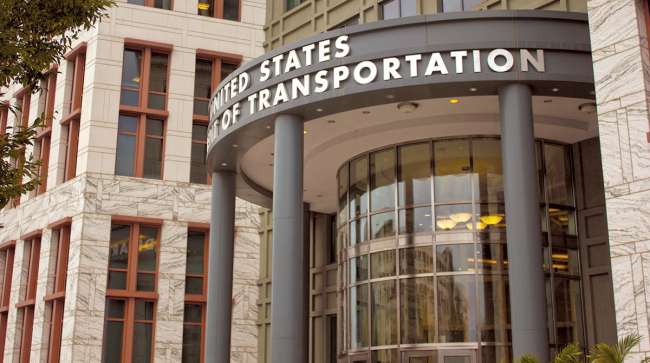Senior Reporter
Motor Carriers Not Quick to Enroll in Apprenticeship Program

[Stay on top of transportation news: Get TTNews in your inbox.]
Back in 2022, some in the trucking industry were hopeful that a safe driver apprenticeship pilot to teach and monitor 18- to 20-year-olds to drive in interstate commerce could lend a hand to the industry’s driver shortage.
Now, nearly two years later, it’s not looking that way.
Although the Federal Motor Carrier Safety Administration had room to enroll up to 1,000 motor carriers in the pilot, at the end of 2023 — the latest numbers available — the agency had received 112 motor carrier applications. Only 34 were approved. Another 36 were pre-qualified, and 38 were outright rejected, according to the agency’s numbers at the time.
The agency has noted that it was not necessarily expecting 1,000 motor carriers to enroll.
“Overall, we’ve been very disappointed in the level of participation that has occurred,” said Nathan Mehrens, vice president of workforce policy for American Trucking Associations. “But it’s complicated.”

Mehrens
Mehrens said not only was getting the program jump-started delayed for about six months, but regulators added a requirement that the motor vehicles were required to have a driver-facing camera for the drivers enrolled in the program.
Recent federal legislation has since dropped the inward-facing-camera requirement.
“Some of our members declined to participate in the program at that time because of the added requirement,” Mehrens said. “So we went back to the drawing board and were able to get Congress to put language back in the appropriations bill which prohibits FMCSA from requiring the inward-facing camera.”
FMCSA said in a recent Federal Register notice: “Motor carriers may, voluntarily, decide to install or use inward-facing cameras, or become an approved Registered Apprenticeship. They may choose to include safety alerts from inward-facing cameras as part of their monthly data submissions. However, they will not be required to do so, even if they choose to use inward-facing cameras.”
Mehrens said, “We’re hopeful that with the additional requirement being taken off the table that more carriers will be interested. I do know that at least one large carrier is taking a hard look at the program now and is likely to pick up a spot this year.”
Corey Cox of the Tandet Group of companies discusses how early AI adopters are beginning to harvest the latest wave. Tune in above or by going to RoadSigns.ttnews.com.
In a statement, FMCSA told Transport Topics that its most recent numbers include more than 40 carriers and almost 50 apprentices who have worked together to log more than 1.5 million miles through the program, helping the apprentices explore interstate trucking careers and helping companies hire needed drivers.
“Additionally, it’s very important to consider that it’s not necessarily about the number of participants in the program but rather about the vehicle miles traveled when it comes to gathering statistical data,” the agency said.
“The agency is encouraged by the mileage numbers,” said an FMCSA spokeswoman.
However, Dan Murray, vice president of research for the American Transportation Research Institute, asked about the importance of sample size in research, noted that “sample size is extremely important to ensure the validity and reliability of the data and research.”

Murray
“Generally, the statistical power of research increases with the sample size, and most researchers shoot for 600 or more participants to ensure findings adequately represent the larger population,” Murray said.
For decades, by law, the youngest age for an interstate truck driver to get a commercial driver license has been 21. But with the average age of U.S. truck drivers increasing, a younger generation could help stem the exit of experienced retiring drivers.
In addition to hoping to plug holes in the driver shortage, the pilot is aimed at getting 18- to 20-year-olds interested in trucking before they carve out other careers such as electricians, plumbers or construction workers.
Another important aim of the pilot is to develop a statistical base large enough to conduct research into how safe younger drivers are.
Want more news? Listen to today's daily briefing above or go here for more info
The requirements of the program are rigorous.
The apprenticeship allows motor carriers who meet the prerequisite requirements to hire 18– to 20-year-old drivers who already possess an intrastate commercial driver license to conduct interstate driving, under specific conditions, by successfully completing the program, according to FMCSA.
“FMCSA’s Safe Driver Apprenticeship Pilot Program is a great opportunity to engage and utilize the next generation of commercial motor vehicle drivers in a safe and productive manner,” the agency’s statement said. “Safety is at the heart of all our work at FMCSA and that includes our apprenticeship program.”





